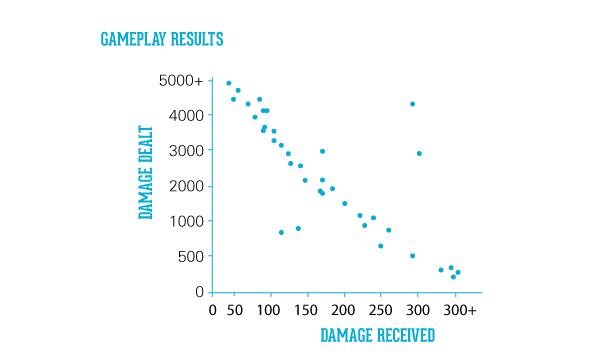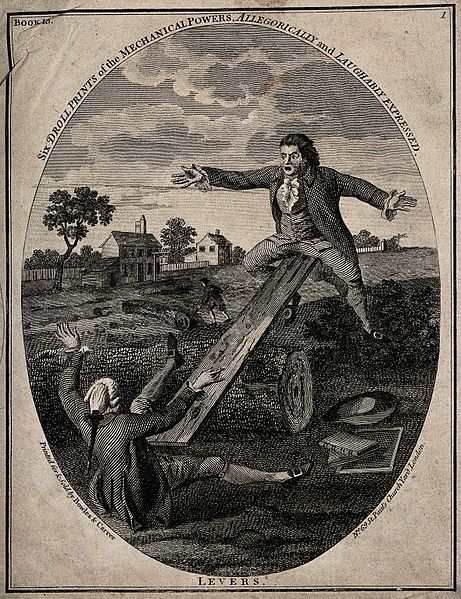|
HOME
Number Algebra and Graphs Algebraic Manipulation and Representation Introducing Algebraic language Simplifying Expanding Factorising Substitution Changing the Subject Combining and Simplifying Algebraic Fractions Algebraic Indices 3 Laws of Indices Zero Index Negative Indices Fractional Indices Exponential Functions Equations and Inequalities Linear Equations Constructing Equations Simultaneous Equations Inequalities Quadratic Equations Linear Programming Graphing Inequalities Linear Programming Sequences nth Term Rule Variation Direct Variation Inverse Variation Graphs in Practical Situations Conversion Graphs Difference Distance and Speed -Time graphs Distance-Time Graphs Speed-Time Graphs Acceleration and Deceleration Area under Speed-Time Graph Graphs of Functions Parabolas Graphical Solution of Quadratic Functions Reciprocal Functions Linear Functions Exponential Functions Gradient of a Curve Graphical Solution of Equations Graphing Inequalities Functions Evaluating Functions Inverse of Functions Composite Functions Geometry Mensuration Coordinate Geometry Trigonometry Vectors/Matrices/ Transformations Probability Statistics |
How to graph Cubic and Exponential Functions

In this section I will explain to you how to graph cubic and exponential functions. First of all we need to make sure we understand what cubic and exponential functions are. A cubic function is a function in which the highest power of x is three. f(x) = 2x^3 + 4x^2 - 7 is an example of a cubic function. An exponential function is a function where x is in the exponent of a term. g(x) = 5^x + 2 is an example of an exponential function for x is in the exponent. Study all the following videos during your maths revision if you want to pass your IGCSE GCSE Maths exam. I will explain to you what the graphs of cubic and exponential functions look like. In each video I will explain something new you need to know. Have fun!
|





